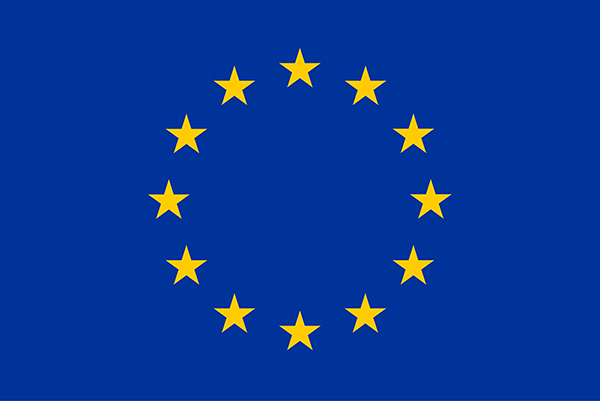GraphNeT ¶
¶
GraphNeT is an open-source Python framework aimed at providing high quality, user friendly, end-to-end functionality to perform reconstruction tasks at neutrino telescopes using deep learning.
GraphNeT makes it fast and easy to train complex models that can provide event reconstruction with state-of-the-art performance, for arbitrary detector configurations, with inference times that are orders of magnitude faster than traditional reconstruction techniques.
GraphNeT provides a common, detector agnostic framework for ML developers and physicists that wish to use the state-of-the-art tools in their research. By uniting both user groups,
GraphNeT aims to increase the longevity and usability of individual code contributions from ML developers by building a general, reusable software package based on software engineering best practices, and lowers the technical threshold for physicists that wish to use the most performant tools for their scientific problems.
GraphNeT comprises a number of modules providing the necessary tools to build workflows. These workflows range from ingesting raw training data in domain-specific formats to deploying trained models in domain-specific reconstruction chains, as illustrated in the flowchart below.

Fig. 1 High-level overview of a typical workflow using GraphNeT:
graphnet.data enables converting domain-specific data to industry-standard, intermediate file formats and reading this data; graphnet.models allows for configuring and building complex models using simple, physics-oriented components; graphnet.training manages model training and experiment logging; and finally, graphnet.deployment allows for using trained models for inference in domain-specific reconstruction chains.¶
graphnet.models provides modular components subclassing torch.nn.Module, meaning that users only need to import a few existing, purpose-built components and chain them together to form a complete model. ML developers can contribute to GraphNeT by extending this suite of model components — through new layer types, physics tasks, graph connectivities, etc. — and experiment with optimising these for different reconstruction tasks using experiment tracking.
These models are trained using graphnet.training on data prepared using graphnet.data, to satisfy the high I/O loads required when training ML models on large batches of events, which domain-specific neutrino physics data formats typically do not allow.
Trained models are deployed to a domain-specific reconstruction chain, yielding predictions, using the components in graphnet.deployment. This can either be through model files or container images, making deployment as portable and dependency-free as possible.
By splitting up the model development as in the flowchart, GraphNeT allows physics users to interface only with high-level building blocks or pre-trained models that can be used directly in their reconstruction chains, while allowing ML developers to continuously improve and expand the framework’s capabilities.

This project has received funding from the European Union’s Horizon 2020 research and innovation programme under the Marie Skłodowska-Curie grant agreement No. 890778.
The work of Rasmus Ørsøe was partly performed in the framework of the PUNCH4NFDI consortium supported by DFG fund “NFDI 39/1”, Germany.